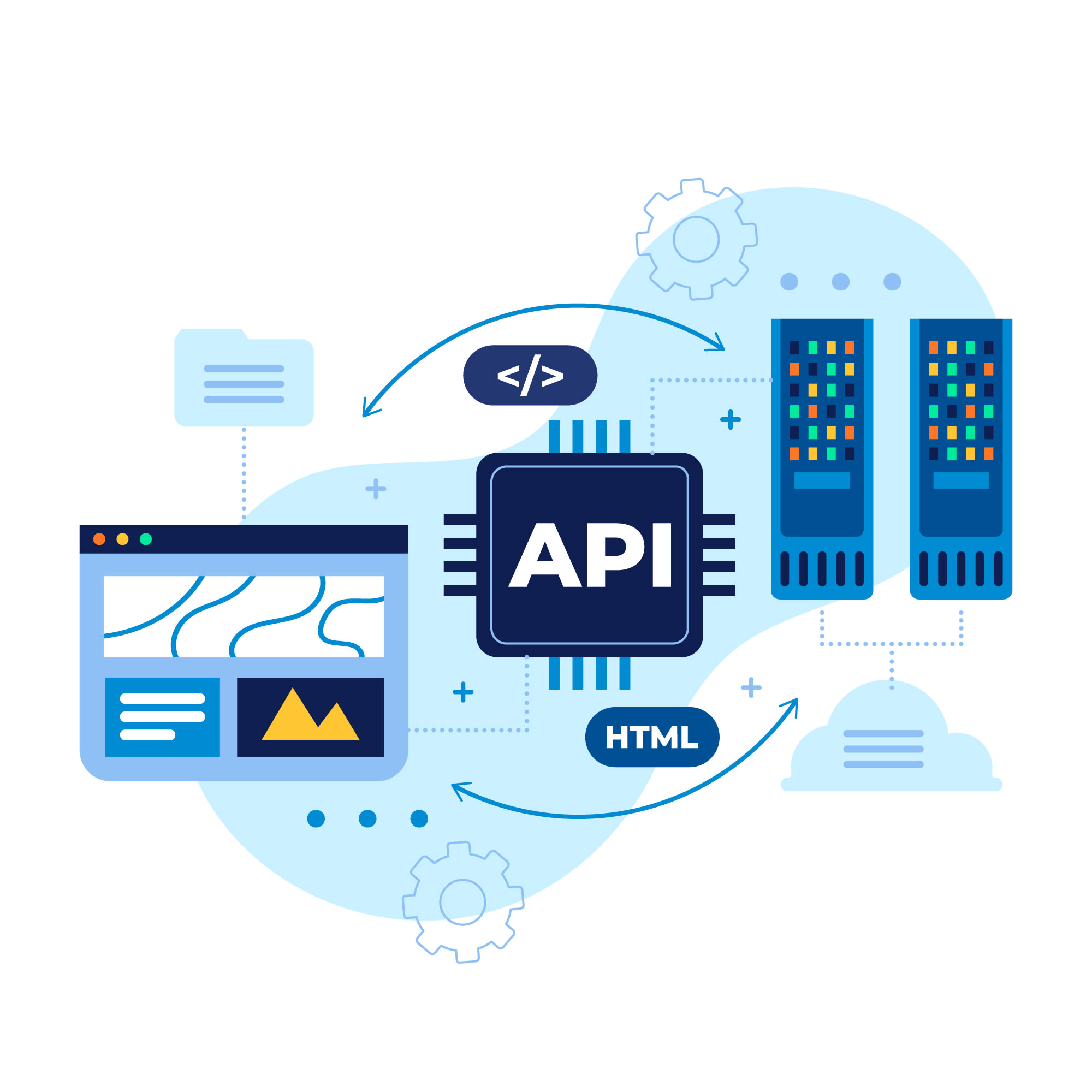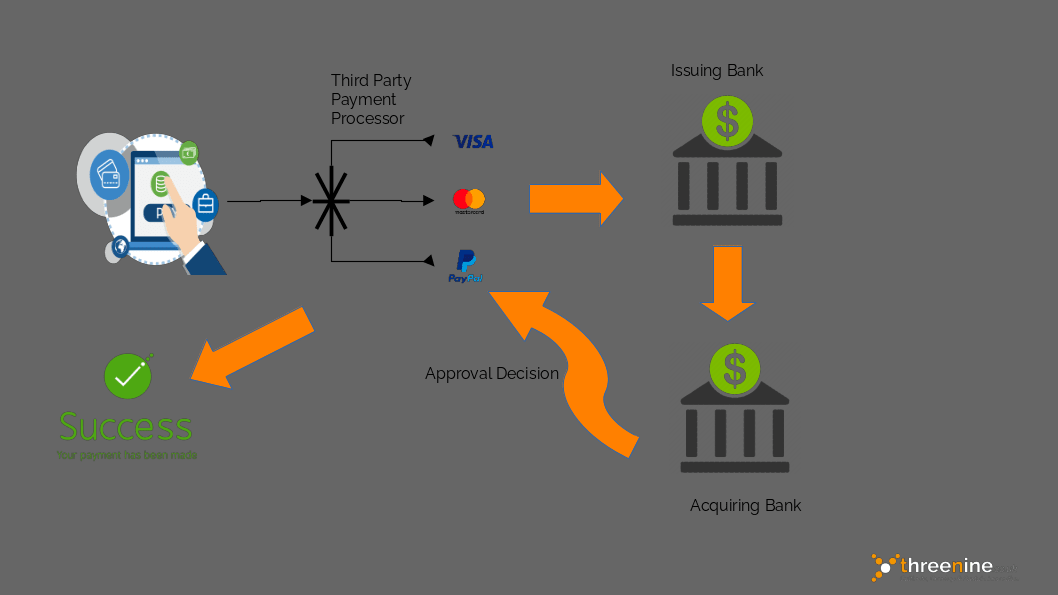
What is an API?
Discover how APIs are software intermediary enabling different applications to communicate with each other
In today's competitive digital world, APIs are the foundation of digital transformation. They enable organizations to deliver new products and services to customers, partners, and employees. They are more than just a new software project or technology. They are a business strategy that enables organizations to create new business models, accelerate innovation, and unlock hidden value in existing systems and data.
Although your organisation may think that handing control of the development of your API to a third party or internal enterprise development may be a good idea, it is not. You need to be in control of your API development and ensure that you are following best practices and standards. You need to ensure that you are following an API First approach.
It also recommended that non-technical stakeholders within your organisation also understand the basics of APIs and how they can be used to help your organisation achieve its goals. This article is designed to help you understand the basics of APIs and how they can be used to help your organisation achieve its goals, and more importantly help non-technical stakeholder drive and steer the API development process.
What is an API?
An API, or Application Programming Interface, is a set of defined rules that enable different applications to communicate with each other, acting as an intermediary layer to processes that transfer and transform data between systems, enabling organisations to open their application data and functionality to external third-party developers, business partners, and internal departments.
The definitions and protocols within an API help businesses connect the many different applications they use in day-to-day operations, saving employee time and breaking down silos hindering collaboration and innovation. For developers, API documentation provides the interface for communication between applications, simplifying application integration.

Need help with API Development?
threenine.co.uk can help you with your API Development. We have experience in building APIs for a range of clients, from small startups to large multi-national enterprises. We can help you with your API Development, whether you need a new API or need to improve an existing one.
How do API's work?
The best way to try and understand how API's work is to consider this contrived and simple and relatively common example, taking a look at third-party payment processing.
- A user initiates a purchase of a product from an ecommerce vendor website, they may be prompted to make a payment making a choice from a number of third-party payment processing system. This function relies on APIs to make the connection.
- When the buyer clicks the payment button, an API calls to retrieve information—also known as a request. This request is processed from an application to the web server via the API’s Uniform Resource Identifier (URI) and includes a request verb, headers, and sometimes, a request body.
- What is often forgotten, is that under the hood, these third party payment processes will also initiate further API requests to other systems and third-parties to enable payments. The average payment process may actually initiate several additional requests to a number of different systems and partners
- After receiving a valid request from the product webpage, the API makes a call to the external program or web server, in this case, the third-party payment system.
- The server sends a response to the API with the requested information.
- The API transfers the data to the initial requesting application, here the product website.
While the data transfer will differ depending on the web service being used, the requests and responses all happen through an API. There is no visibility on the user interface, meaning APIs exchange data within the computer or application, and appear to the user as a seamless connection. The user is not aware of the complexity of the process and the number of systems involved in the process, they are only aware of the final outcome.
Why are APIs important?
Ultimately APIs simplify design and development of new applications and services, and integration and management of existing ones. However, they also offer a number of significant benefits to developers and organizations.
Enabled improved and closer collaboration
The average enterprise utilises a myriad of cloud applications, and 92% of organizations say they have a multi-cloud environments many of which are disconnected. APIs enable integration so that these platforms and apps can seamlessly communicate with one another. Through this integration, companies are enabled to automate workflows and improve workplace collaboration. Without APIs, many enterprises would lack connectivity, causing information silos that compromise productivity and performance.
Accelerate innovation
APIs provide flexibility, enabling organisations to develop connections with new business partners, offer new services to their existing market, and, ultimately, access new markets to generate additional revenue streams.
An example of a company starting with just seven lines of code, Stripe. The company has since partnered with many of the biggest enterprises in the world, diversified to offer loans and corporate cards, and was valued as much USD 95 billion in 2022.
Data monetization
Many companies choose to offer APIs for free, at least initially, to enable them to build an audience of developers around their brand and forge relationships with potential business partners. If the API grants access to valuable digital assets, the business may monetize it by selling access. This is often referred to as the API Economy.
AccuWeather, a private-sector American media company that provides commercial weather forecasting services worldwide, launched its self-service developer portal to sell a wide range of API packages, it took just 10 months to attract 24,000 developers, selling 11,000 API keys and building a thriving community in the process.
System security
APIs separate the requesting application from the infrastructure of the responding service, and offer layers of security between the two as they communicate. For example, API calls typically require authentication credentials; HTTP headers, cookies or query strings can provide additional security during data exchange and an API gateway can control access to further minimize security threats.
End-user security and privacy
APIs not only provide protection within a network, they can also provide additional layers of security and protection for end users. When a website requests a user’s location, which is provided via a location API, the user can then decide whether to allow or deny this request. Many web browsers and mobile operating systems, like iOS, have permission structures built-in when APIs request access to applications and their data. When the app must access files through an API, file systems such as windows, Mac and Linux use permissions for that access.
Improved user experience
APIs enable developers to create applications that are more user-friendly and intuitive. For example, when a user enters a destination into a navigation app, the app uses a location API to determine the user’s current location and provide directions to the destination. The app can also use a weather API to provide real-time weather updates along the route.
Improved developer experience
APIs enable developers to build applications faster and more efficiently. For example, a developer can use a payment API to integrate a payment gateway into an application, rather than building the payment gateway from scratch. This saves time and resources, and enables developers to focus on other more business focused aspects of the application.
Improved business agility
APIs enable organizations to quickly adapt to changing market conditions and customer needs. For example, a company can use a payment API to quickly add new payment methods to its website or mobile app, or a weather API to provide real-time weather updates to its customers.
What the types of APIs?
APIs enable applications to expose data and functionality over the internet. APIs can be grouped and categorised into four main types:
Open APIs
These are open-source application programming interfaces you can access with the HTTP protocol. Also known as public APIs, they have defined API endpoints and request and response formats.
Partner APIs
Enable connectivity with strategic business partners. Typically, developers access these APIs in self-service mode through a public API developer portal. Still, they need to complete an onboarding process and get login credentials to access partner APIs.
Internal APIs
Typically, these API remain hidden from external users, and therefore aren't available for users outside of an organisation and are instead intended to improve productivity and communication across different internal development teams.
Composite APIs
This type of API combine multiple data or service APIs, Enabling developers to access several endpoints in a single call. Composite APIs are useful in microservices architecture where performing a single task may require information from several sources.
What is a REST API?
A REST API is an API that conforms to the design principles of the REST, or representational state transfer architectural style. For this reason, REST APIs are sometimes referred to RESTful APIs.
What is API Development ?
AUnderstanding and leveraging APIs allows developers to build robust, maintainable, and scalable applications that can adapt to evolving technological landscapes.


